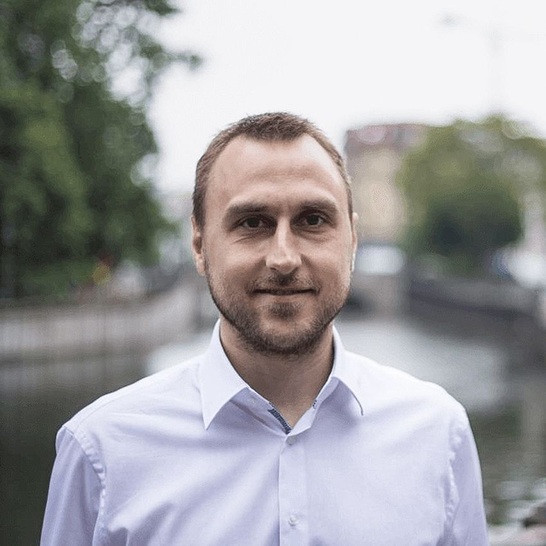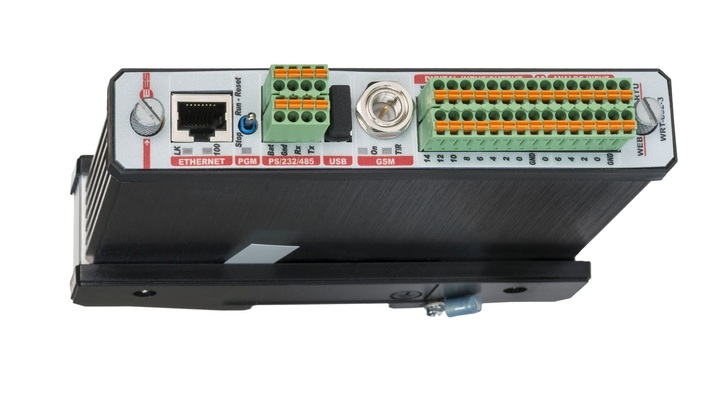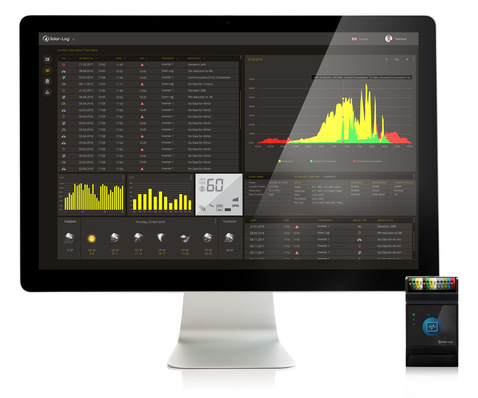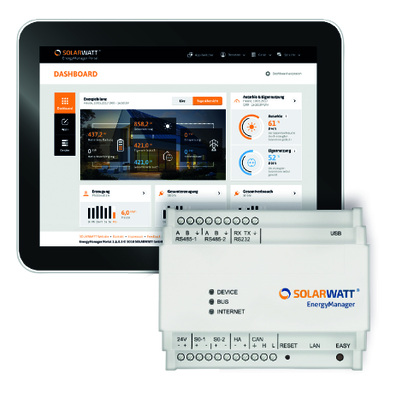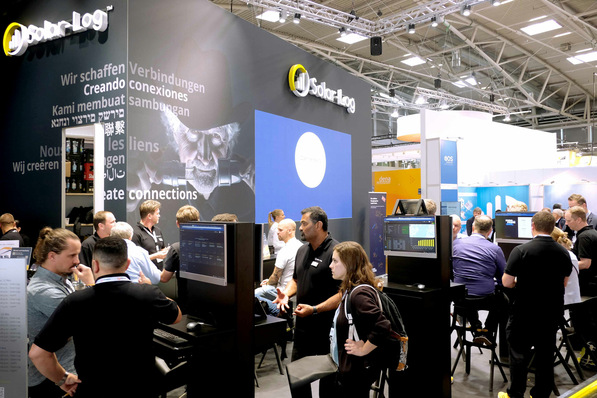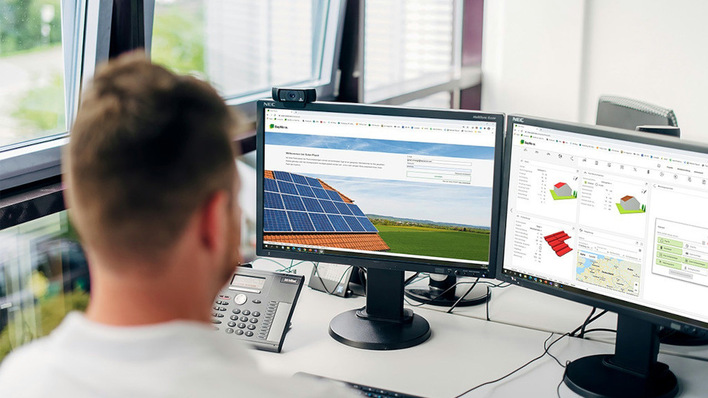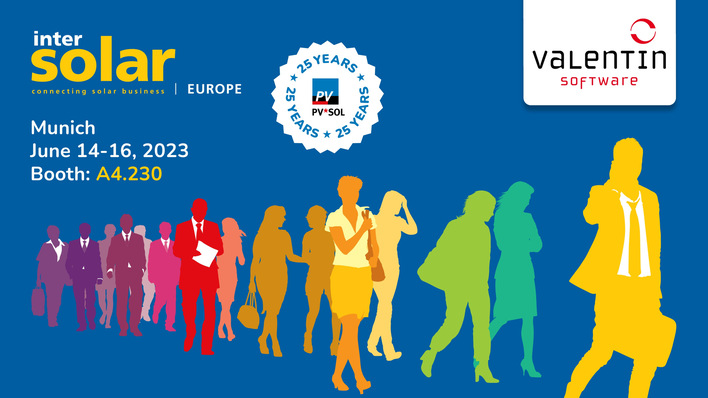In today's topic of the week, we present Part 1 of a three-part article by Johannes Burgard, CEO and founder of Solytic. Note: This piece was first published in the summer of 2019.
Last year, the capacity of newly installed photovoltaic assets grew by 109 gigawatts worldwide. According to Bloomberg New Energy Finance, this corresponds to a growth of ten percent compared to 2017. By comparison, only 100 megawatts were newly built in 2000. The trend is clear: Solar PV expansion will continue to accelerate. The industry association Solarpower Europe predicts that by 2022, a total of over 1,000 gigawatts of solar power will be connected to the grid. These assets are increasingly being built without guaranteed state subsidies. The conclusion of direct electricity supply contracts is on the rise.
Monitoring comparable for the first time
Existing assets are becoming older and older and thus more susceptible to yield losses. The enormous increase in capacity makes efficient monitoring and regular maintenance even more important. Monitoring services are therefore themselves subject to increasing cost pressure. As early as 2017, per-year flat-rate costs fell by 30 per cent within one year to ten euros per kilowatt installed. However, the market for monitoring software remains non-transparent.
The cost structure of the different solutions is difficult to understand because providers give different names to what are often very much the same tools and features. The still young market lacks standards and norms, such as those known in the established automotive market. It is therefore difficult for technical operators to select the right software for their asset portfolio. This is also because most installers manage a mixed portfolio of private, commercial and industrial assets, and may even be involved in one or two solar parks.
On the basis of a freely accessible product database on the Internet with a total of 71 voluntarily registered solutions, Solytic has compiled a market overview of currently available monitoring software. With the help of this software, a meaningful direct comparison between different provider solutions is possible for the first time. Our way should be just the beginning. As a young company, we believe that all market participants will benefit from transparent development, but above all customers and users of the software who now have a better idea of what they are getting for their money.
Commercial facilities still under the radar
In the technical management of assets, a distinction is made between three segments: large power plants, industrial and commercial assets as well as small, owner-operated housing installations.
In large solar power plants, all hardware components (such as inverters and data loggers) are coordinated with each other and with the software. Professionals are at work here, and they usually have IT infrastructure at their disposal. In the private sector, on the other hand, the use of relatively expensive software has not been worthwhile to date. Homeowners therefore often operate with free tools that inverter manufacturers often offer directly.
The mid-range segment of industrial and commercial assets has a lot of potential. There is currently no suitable professional offer for technical operators where the costs are in an acceptable proportion to the expected returns. A coordinated, high-end IT infrastructure is simply too expensive for medium-sized operators. For example, various software solutions are often used to manage a portfolio, which means that operators have to log in separately several times. Some have even built up their own makeshift solution over the years.
Control uncontrolled growth
We believe that monitoring should work independently of the hardware, as independent monitoring has several advantages. This is the only way for monitoring to be neutral towards component manufacturers and independent of their guarantees. That is why Solytic’s solution uses existing device interfaces, integrating different systems and simply merging them. The uncontrolled growth of technology is tamed and centrally managed in our portal.
Secondly, the design of our software makes it possible to efficiently manage a portfolio of many different assets simultaneously without having to log into each asset separately. Using different monitoring software solutions simply means comparing apples with oranges. A uniform solution for all assets solves this problem. To save the user time, Solytic visually prepares the information that is collected for the customer. They should be able to evaluate their data directly in the portal without first having to transfer it into an Excel document. (mfo)
For Part 2 of Johannes Burgard's article, please click here.
About the author Johannes Burgard:
Johannes Burgard, founder and CEO of Solytic, is responsible for product development and strategic direction. Prior to this, Burgard managed projects in the context of Industry 4.0 in an international production environment at CLAAS and Airbus. Burgard holds a degree in engineering from RWTH Aachen University and an MBA at the ESADE Business School.
Here, in case you missed it, is Part 1 of this week's series.

